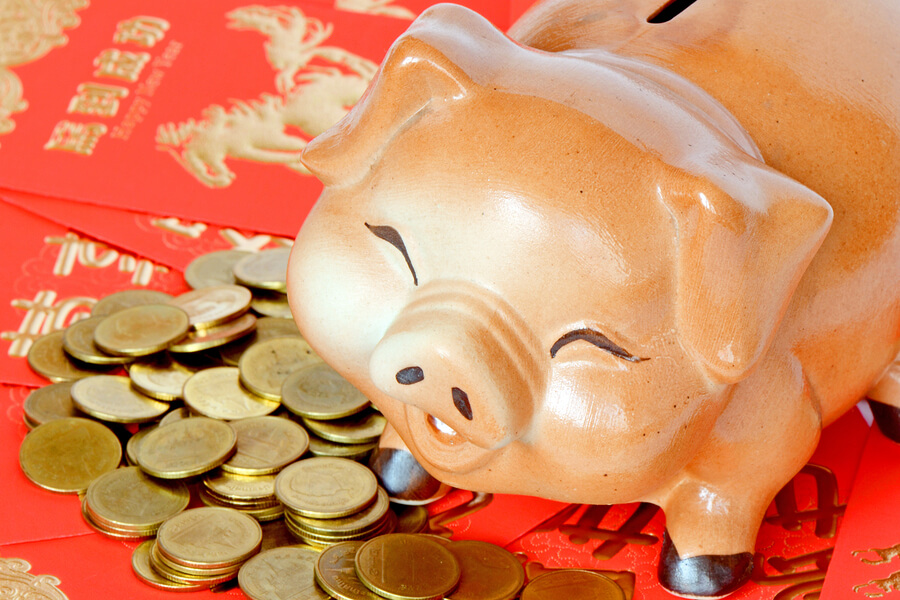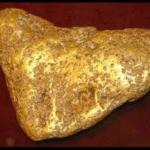Gold Recovery and China-PBOC’s Trouble

In April 2020, GoldNews.com.au came under new management, articles published before this time, such as the below, may not reflect the views or opinions of the current GoldNews.com.au team.
The economy at an international scale has a stubborn flu. The European Union and Greece situation, denominated by the media as the “Grexit”, is impacting on all the markets and making falling almost all indexes. Even the strong and disciplined Asian potencies are being affected in a way or another. We can see precious metals having weeks of constant sinking and nobody do something about it. Maybe India can be responsible for the recovery of gold, silver and jewellery markets.
Like some experts declared in the past weeks, India is becoming the biggest importer of gold, even reaching higher numbers than China. This idea is being reinforced because the high demand coming from that country, which provoked a substantial recovery on precious metals prices. On June 27, gold broke its six-day losing streak, when prices recovered by Rs 30 to Rs 26,710 per gram at the Indian bullion market.
The demand of several jewels by retailers and jewelers is raising in a notable rate too. The coin makers and other industrial sectors are demanding silver, what caused an important raise in this precious metal price of Rs 210 to Rs 36,400 per kilogram.
The New York gold market, representing the global index, has reflected this as a 0.11 percent raise, making the price USD 1,174.20 the ounce. (28.34 grams). But the problems of the gold are not fixed yet. China, who was the biggest gold importer, is having serious problems with the economy. Growth had failed at the expected goals established by the PBOC (the People’s Bank of China, their Central Bank).
In that way, things are getting tense at the Asian titan. China’s Central Bank is taking a few drastic measures to fight the actual symptoms of the financial markets. After the stocks fell in a significant way and the local Government bonds sales drained liquidity, markets and national executive are in panic, looking for way to correct the damage.
Thanks to the generous growth that China has been enjoying all this years, looks like the Chinese Government did not expected an important slowdown so soon. So the PBOC decided to cut in a substantial way the lending rate to a record low, representing the fourth reduction of the mentioned rate since November of 2014. The one-year lending rate will be reduced by 25 basis points to 4.85 percent, being effective since June 28.
The Premier/Prime Minister of the People’s Republic of China, Li Keqiang established a growth rate target of 7 percent for the present year, which would represent the lowest annual growth in the last fifteen years.
The easing is not happening only in China. It’s becoming a global trend to boost economy in other countries as New Zealand and South Korea, where key rates are being lowered in plan of getting significant economic stimulus and boost growth. So the move of the China’s Central Bank Governor, Zhou Xiaochuan, was no surprise.
It is worthy to consider that panic is one of the most common cause in this kind of financial disasters. Lu Ting, the Chief Economist at Huatai Securities Co., a huge Chinese company in the investment services’ industry, said: “A plunge at that pace could have forced margin calls and another round of selling, leading to a stampede. (…) so avoiding panic in the financial markets and protecting market confidence is part of the consideration.” Brokers have a quote of responsibility at this.
China is looking a viable way to fix this issues in the shortest term. The investment in Latin America continues with firmness and inflexibility, meanwhile there is notable political problems on several tropical countries, mainly in Venezuela. But in a more domestic view, the PBOC’s easing is defined by four stages:
- Lower interest rates reduce repayment expenses for the nation’s debt businesses.
- Cuts to banks’ reserve ratios allows them to lend more money.
- Money market operations aim to add liquidity (Ability to convert the asset to cash quickly).
- Targeted capital injections to banks destined to preferred projects of social and political interest.
This measures represents per se an alert signal for investors in Asian markets. It look to ease and soothe but the panic on trading still affecting the indexes. China and the PBOC need to calm down the investors and stimulate the markets. On a large scale, the gold prices are being hurt by this. China, as the main importer of gold, is looking away and the prices are falling fast. In the meanwhile, gold prices will resists a bit, thanks to the Indian interest, but if this country ceases the increasing demand, prices will go down again.
The “Grexit” event must end soon, or at least show a clear picture of what’s going to happen. The markets need it, because traders are restless and the global economic is still recovering from recent blows.
















Leave a Reply